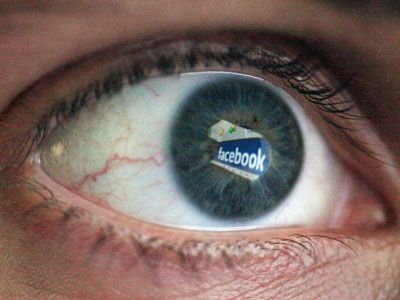
In South Korea, public health officials have identifiedinternet addictionas a full-blown national epidemic. An estimated1 in 10 Korean teenagersis believed to be in the grips of an online addiction -- mostly gaming, but also pornography and social media -- and the Korean government spends millions of dollars to help kids get clean at hundreds of residential rehab centers like the Internet Addiction Prevention Center.
The problem may be even worse in China, where state agencies estimate that24 millionyouth are hooked on the internet, sometimes spending three days straight in crowded cybercafes on gaming benders. China was thefirst to recognize internet addictionas a clinical disorder in 2008 and has tried to curb the problem through military-style boot camps that some critics equate to prisons. Controversial tactics have led to several deaths, most recently an 18-year-old who was allegedlybeaten to deathwithin 48 hours of checking into a Chinese rehab facility.
Advertisement
Outside of Asia, internet addiction is still met with some skepticism by the public and the psychiatric community. Internet or other technology addictions aren't included in the American Psychiatric Association's Diagnostic and Statistical Manual of Mental Disorders (DSM-5), although the most recent edition shortlisted "internet gaming disorder" as a "condition recommended for further study."
引用最新的我对网络成瘾的研究n Western countries, the American Psychiatric Association says that0.3 to 1.0 percent of the general population"might qualify for a potential acute diagnosis of Internet gaming disorder," based on the DSM-5 criteria, which requires gamers to experience five or more of a list of symptoms like withdrawal when the gaming is taken away, tolerance (the need to spend increasing amounts of time gaming), inability to reduce playing, and lying to family members about time spent gaming, among others.
Even if the percentage of young Americans who suffer from internet addiction is small, that doesn't make the condition any less real, says Dr. David Greenfield, an assistant clinical professor of psychiatry at the University of Connecticut School of Medicine and founder of theCenter for Internet and Technology Addiction, an outpatient clinic.
"There's not a doctor that practices that hasn't seen this issue," says Greenfield, whose own research puts the number of technology addicts at closer to 5 percent. "I'm not saying it's a national epidemic equivalent to the opioid crisis and that people are dropping like flies, but I think It's a substantive mental health and addiction issue in the U.S."
As of right now, there's only one residential treatment center in the U.S. exclusively for technology addictions (although several other school-based and wilderness programs include therapies for addictive behaviors related to gaming, pornography and social media). Opened in 2009,reSTARToffers long-term treatment programs for both adults and adolescents (13-17) designed to detox residents from their online addictions and transition back into healthier lives.
Hilarie Cash is a licensed mental health counselor and one of the founding members of reSTART. She says that the decision to enter a program like reSTART is almost always made by parents who fear for the health and safety of an adolescent or adult child who is living his entire life online, playing games for up to 18 hours a day with little or no other social contact. ("His" is an accurate pronoun. Cash says that in eight years, only seven women have passed through the program.)
"They're malnourished, physically unfit, psychologically anxious, depressed, and some of them have begun stealing from parents -- stealing credit cards to buy stuff online," says Cash. "Almost all of them have reached a point of depression and anxiety; for some it's reached the point of suicidal thinking and a real sense of hopelessness, because they're so caught in their addictive cycles."
Advertisement






